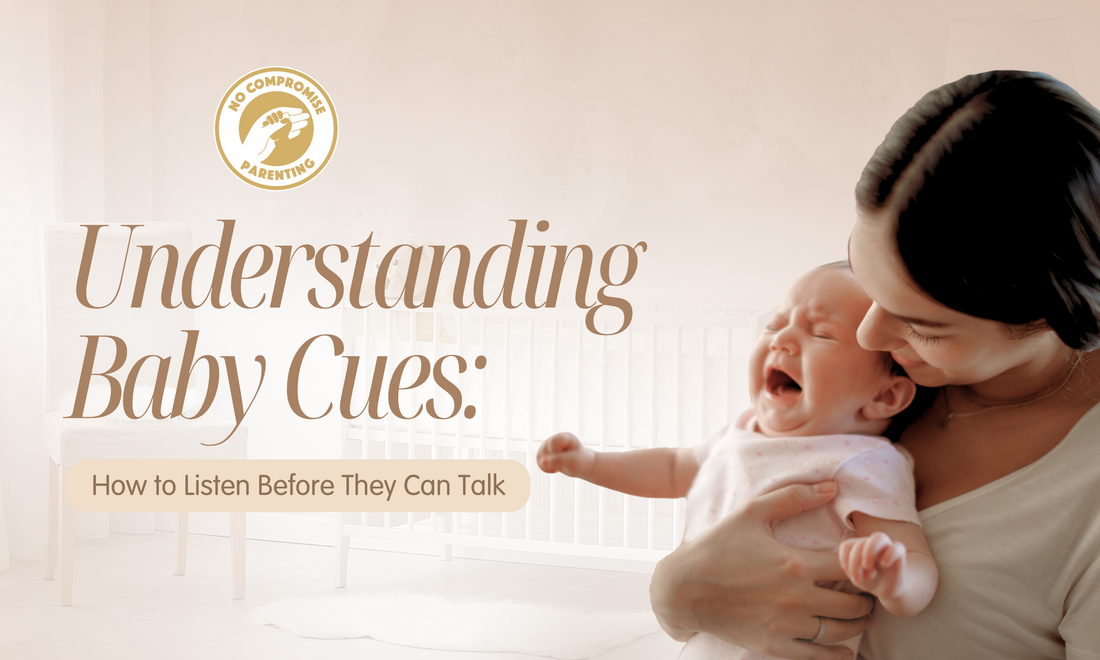Many parents believe that crying is the only way babies communicate, but baby communication extends beyond just crying. Babies express their needs and emotions through both verbal cues and body language. Understanding these cues can help parents respond to their baby's needs before they cry. Here are some common baby cues and what they mean.
Signs Your Baby Is Hungry

Recognizing baby hunger cues can make feeding easier and reduce frustration for both you and your baby. Look out for:
- Licking lips
- Turning head to search with an open mouth (rooting reflex)
- Sucking hands or fists
- Looking at food with interest
- Leaning towards food
Signs Your Baby Is Full

It's equally important to know when your baby is full to prevent overfeeding. Common baby fullness cues include:
- Turning head away from the breast or bottle
- Closing mouth
- Eating slower
- Spitting out food
- Pushing away the bottle or spoon
Signs That Your Baby Wants to Play

Babies also give cues when they are ready to engage. Some playtime cues to watch for are:
- Lifting the head and looking at your face
- Making eye contact
- Babbling, cooing, or repeating sounds
- Showing excitement when seeing people or toys
- Smiling
Signs That Your Baby Is Sleepy

Missing baby sleep cues can lead to overtiredness, so it's essential to act promptly when you see:
- Sucking fingers or fist
- Staring into space or having dull-looking eyes
- Frowning and making sounds
- Yawning
- Jerky movements
- Rubbing eyes, face, or ears
- Becoming fussy or restless
Why Paying Attention to Baby Cues is Important
Recognizing and responding to these baby communication signals can foster a stronger connection with your child and meet their needs efficiently. By closely observing the baby's body language, you'll be able to understand what your baby needs without relying on crying as the primary form of communication.
Sources:
-
Family Health Service - Understanding Baby cues. (n.d.). https://www.fhs.gov.hk/english/health_info/child/30119.html
-
Baby cues and baby body language: video guide. (2022, November 25). Raising Children Network. https://raisingchildren.net.au/newborns/connecting-communicating/communicating/baby-cues
